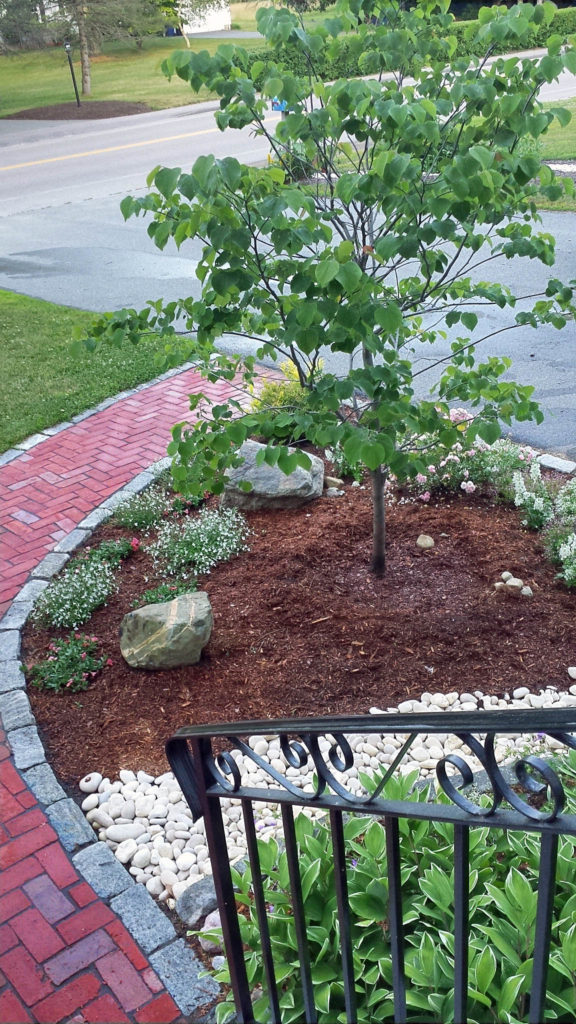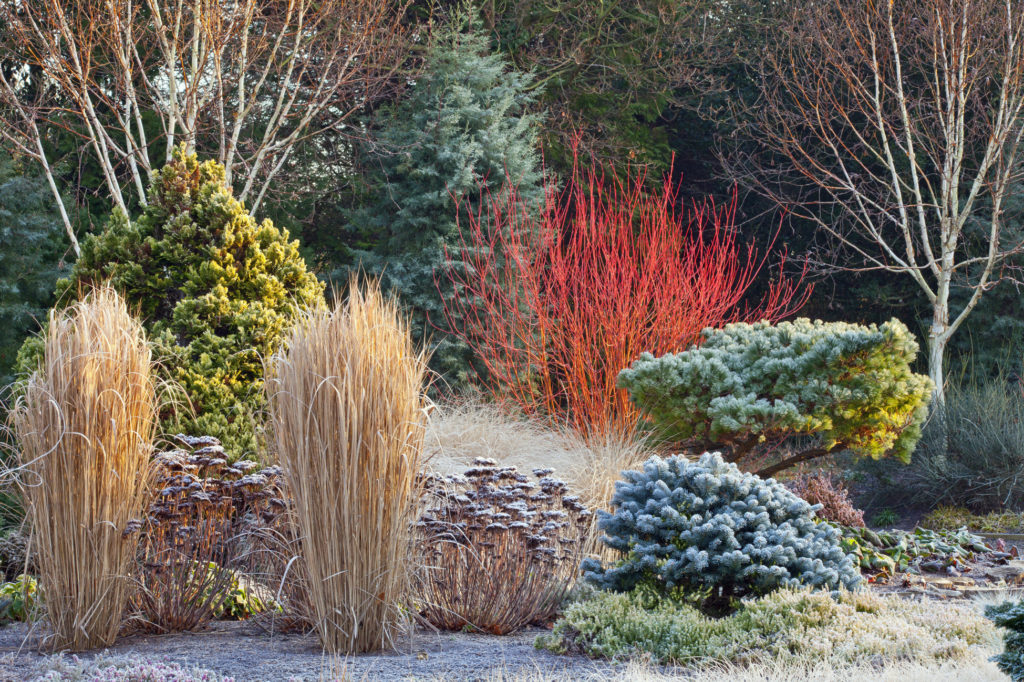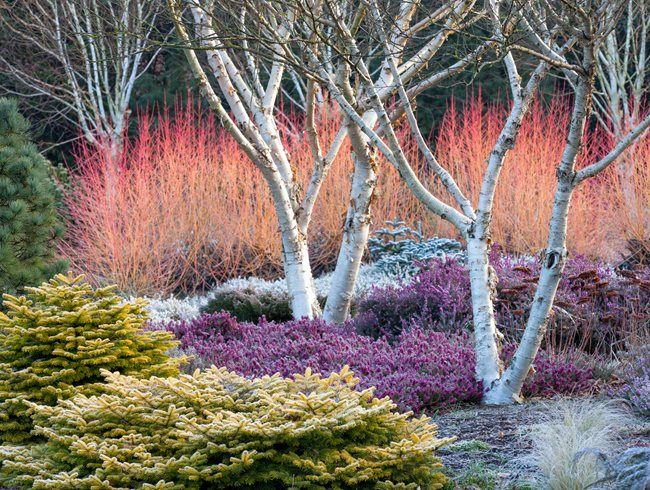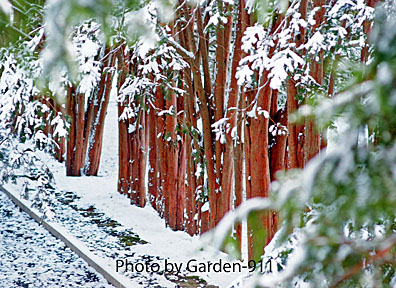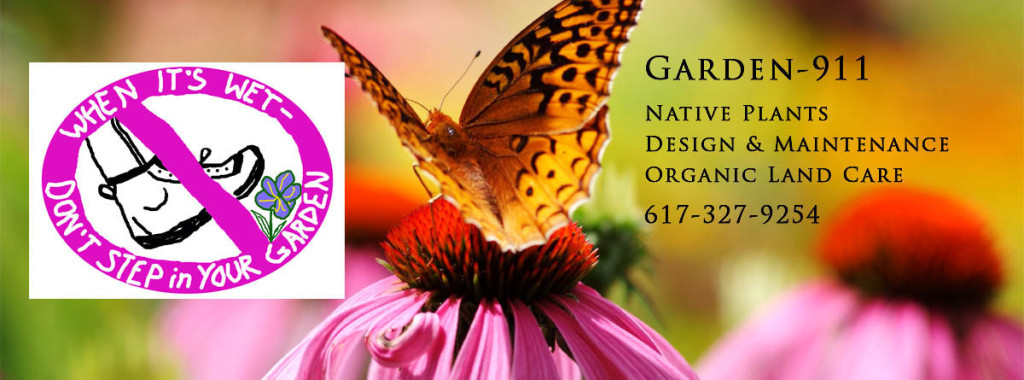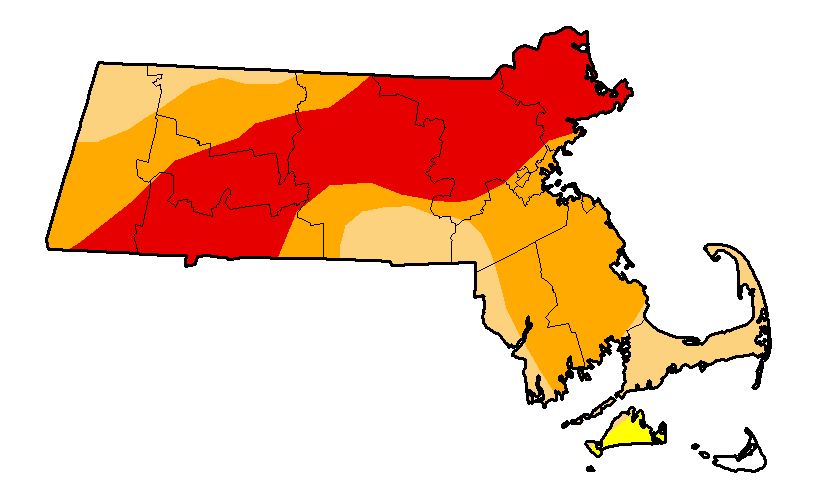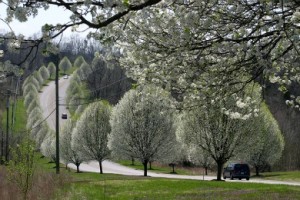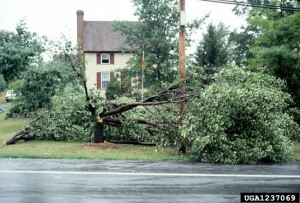Nice sticky snow clings to colorful leaves of a native red maple tree, Acer rubrum, in a Sharon, MA garden. In landscape design, red maples work hard as structural elements, framing other features of the garden. As habitat, they’re provide shelter, food, and nesting nooks and crannies for wildlife.
I am so thankful for our native trees, like this red maple in a Sharon, MA garden. Like most natives, they provide vivid horticultural value in color, form, and texture; provide habitat for wildlife; and intercept and absorb storm water to help mitigate flooding. Every square foot in your garden, and every plant matters.



